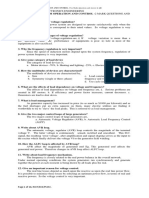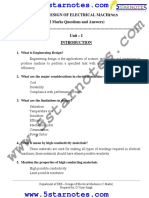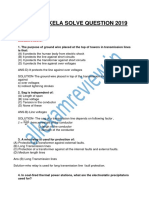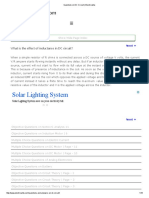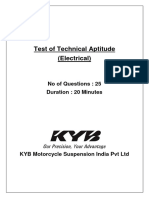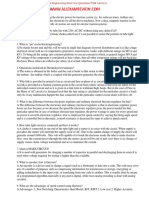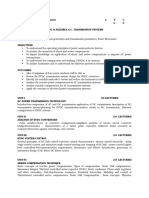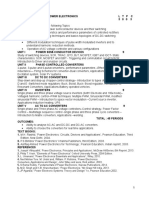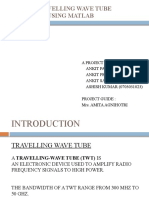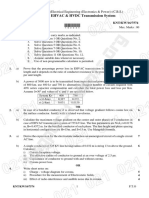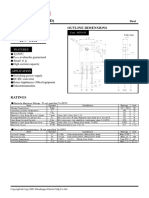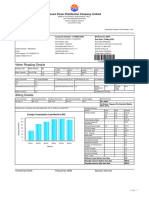0% found this document useful (0 votes)
245 views6 pagesElectrical Engineering Interview Revision Guide
The document is a revision guide for electrical engineering interviews, covering key concepts such as Fourier series, Laplace Transform, and various electrical components and phenomena. It includes questions on topics like transformers, power factor, and motor operation, providing concise definitions and explanations. Additionally, it addresses practical applications and differences between devices, enhancing understanding for candidates preparing for interviews in the field.
Uploaded by
Anchal SiddharthCopyright
© © All Rights Reserved
We take content rights seriously. If you suspect this is your content, claim it here.
Available Formats
Download as DOCX, PDF, TXT or read online on Scribd
0% found this document useful (0 votes)
245 views6 pagesElectrical Engineering Interview Revision Guide
The document is a revision guide for electrical engineering interviews, covering key concepts such as Fourier series, Laplace Transform, and various electrical components and phenomena. It includes questions on topics like transformers, power factor, and motor operation, providing concise definitions and explanations. Additionally, it addresses practical applications and differences between devices, enhancing understanding for candidates preparing for interviews in the field.
Uploaded by
Anchal SiddharthCopyright
© © All Rights Reserved
We take content rights seriously. If you suspect this is your content, claim it here.
Available Formats
Download as DOCX, PDF, TXT or read online on Scribd
/ 6




